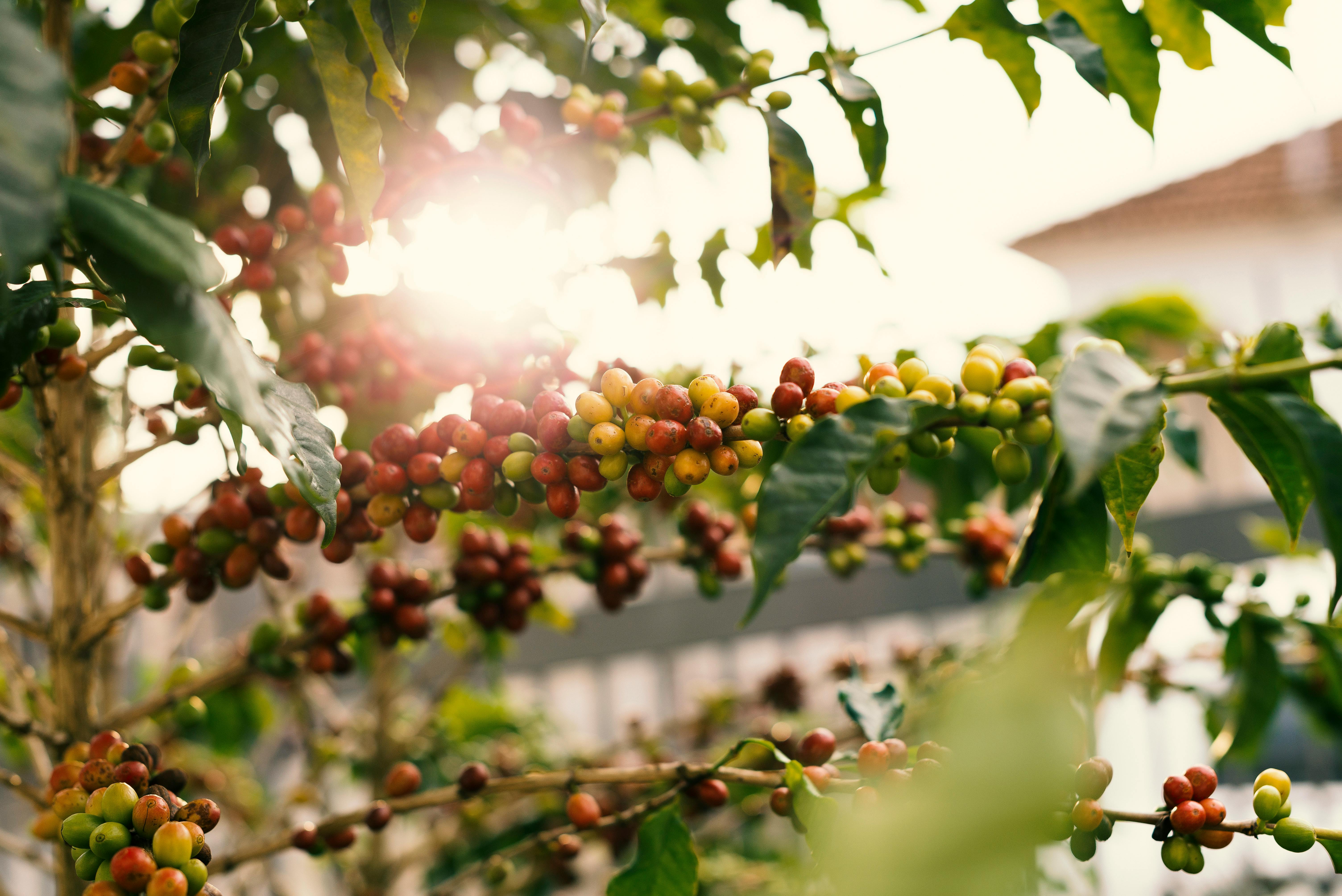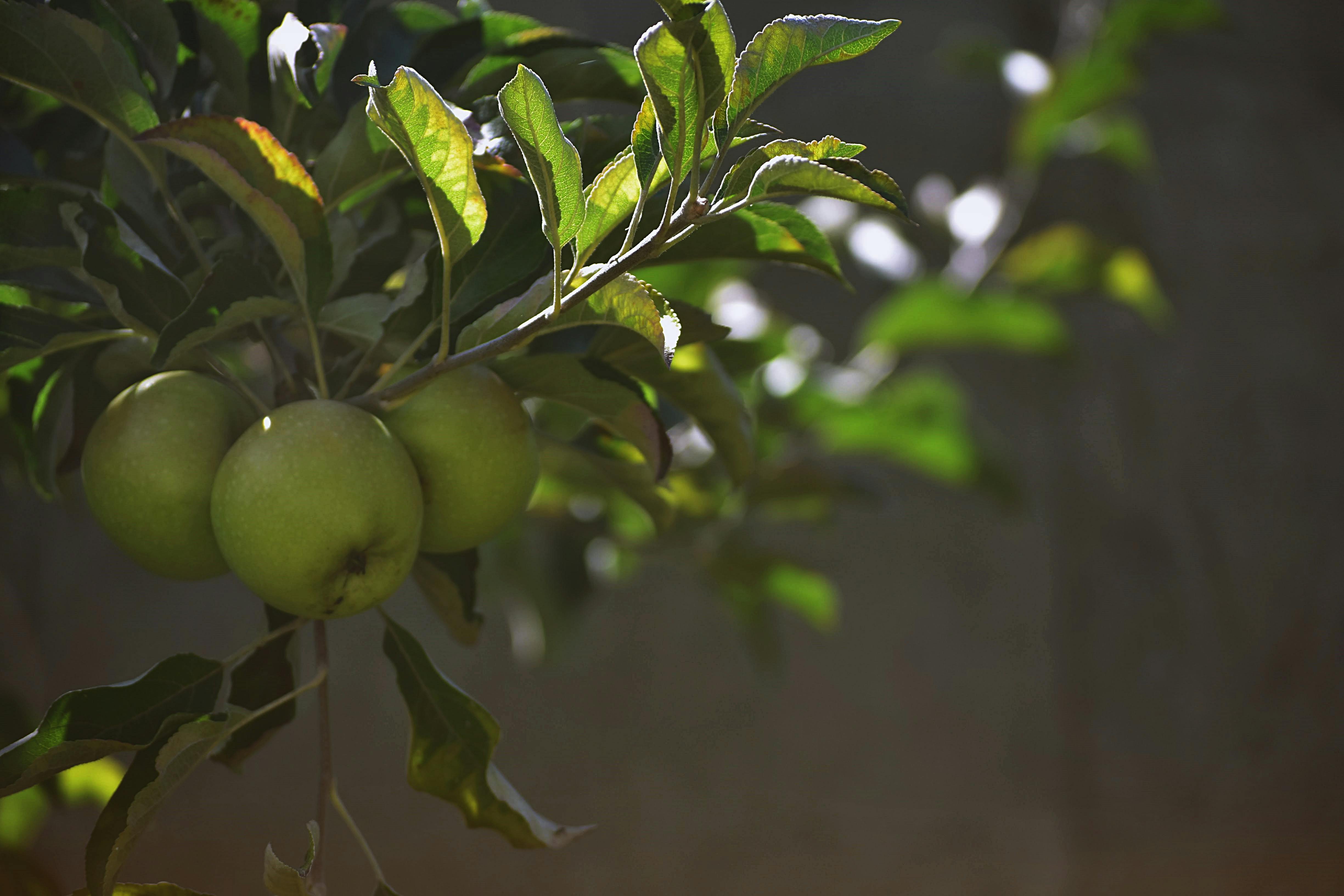If you have a mango tree in your garden, you may be disappointed to find that it is not producing fruit. This can be extremely frustrating as you have put in so much effort and time into caring for the tree and yet it’s not giving you the desired reward. Knowing the possible causes of why your mango tree is not producing fruit is key to helping it become productive again. In this article, we’ll explore some of the common reasons why a mango tree may not be producing fruit and what you can do about it.1. Not enough sunlight: Mango trees need full sun to produce fruit. If the tree is not receiving enough sunlight, it is unlikely to produce fruit.
2. Lack of pollination: Pollinators, such as bees, are important for helping mango trees pollinate and produce fruit. If there are not enough bees in the area, the tree may not be able to pollinate and produce fruit.
3. Soil nutrient deficiencies: Nutrient deficiencies in the soil can affect a mango tree’s ability to produce fruit. Checking the soil’s pH level and nutrient levels can help identify any deficiencies that may exist.
4. Too much nitrogen: Too much nitrogen in the soil can cause a mango tree to become overly vegetative and not produce fruit. Applying fertilizer correctly can help prevent this issue from occurring.
5. Poor pruning practices: Poor pruning practices can reduce a mango tree’s ability to flower and produce fruit. Pruning correctly will help ensure that your tree is able to flower and produce fruit when it should be ready for harvest season.
Could Your Mango Tree Be Too Young?
It is possible for a mango tree to be too young to produce fruit. The age of the tree is a major factor in determining whether it will bear fruit. Generally, mango trees begin producing fruit when they are between three and five years old. However, some trees may take longer to mature and begin producing fruit.
If your mango tree is not showing any signs of bearing fruit, it could be too young. You need to determine how old your tree is before you can decide if it is too young or not. If you are not sure, you can look up the variety of mango you have planted and find out the average age for that variety to start producing fruit.
Another factor to consider when determining if your mango tree is too young is the amount of sunlight and water it receives. Mango trees need plenty of sunlight and regular watering in order to stay healthy and produce fruit. If your tree isn’t getting enough light or water, it may take longer for it to reach maturity and start bearing fruit.
Finally, if you have recently pruned or fertilized your mango tree, this could also affect its ability to produce fruit. Pruning should only be done at certain times of year while fertilizing should be done regularly throughout the growing season. If you have not been doing these things correctly or haven’t been doing them at all, this could cause your tree to remain immature for longer than usual.
In conclusion, if your mango tree isn’t producing any fruit yet, there may be several factors at play such as its age, amount of sunlight and water it receives, and how often it has been pruned or fertilized. Make sure all of these conditions are being met in order for your mango tree to reach maturity and start bearing fruit as soon as possible!
Is Your Mango Tree Getting Enough Sunlight?
The amount of sunlight your mango tree receives is critical to its health and well-being. Without adequate sunlight, a mango tree will not be able to produce healthy, juicy fruit. Knowing how much sunlight your mango tree needs and how to provide it is essential.
Mango trees should get at least 8 hours of direct sunlight each day. If your tree is not receiving this amount of sun, consider moving it to a sunnier location in your yard or garden. You should also take into account any shading from nearby trees or structures that may be blocking the sunlight from reaching your mango tree.
If you are unable to move your mango tree, you can supplement its light requirements by using grow lights or reflective surfaces such as white walls or mirrors to boost the light levels in the area around the tree. Additionally, using light-colored mulch around the base of the tree can help reflect more light onto the leaves and branches.
Overall, making sure that your mango tree is getting enough sunlight is essential for its health and ability to produce delicious fruit. Take steps now to ensure that your mango tree is getting enough sun and reap the rewards come harvest time!
Does Your Mango Tree Have Sufficient Water?
When it comes to mango trees, adequate water is essential for optimum health and fruit production. Without enough water, a mango tree may not survive or may not produce the best quality of fruit. But how do you know if your mango tree has sufficient water? There are a few signs you can look for to determine if your tree is getting enough water.
First, look at the soil around the base of the tree. Is it dry or damp? If the soil is dry, then your tree may need more water. You can check this by digging a small hole in the soil and seeing how far down the moisture goes. If it doesn’t reach very deep, then your tree needs more water.
Next, look at the leaves of the tree itself. Are they wilting or drooping? If so, then this could be a sign that your mango tree is not getting enough water. The leaves should be bright green and firm if they have enough moisture.
Finally, take a look at the overall size and shape of your mango tree. Does it appear healthy and full? If not, then this could be another sign that your tree needs more water. Mango trees need plenty of water to grow strong branches and produce high-quality fruit.
If you think that your mango tree is not getting enough water, there are a few things you can do to help it out. Make sure that you are providing regular watering for your tree throughout the year, especially during periods of hot weather or drought conditions. Additionally, adding mulch around the base of the tree can help retain moisture in the soil for longer periods of time. Finally, consider using an irrigation system to provide regular watering for your mango tree throughout its growing season.
By taking these steps to ensure that your mango tree has sufficient water, you will be helping to ensure that it grows strong and produces high-quality fruit in abundance!
Pests & Diseases Could Be Affecting Your Mango Tree
Mangos are one of the most popular fruits in the world, but unfortunately, they are also prone to a number of pests and diseases. These can be anything from fungi to insects, and they can have a big impact on the health and productivity of your mango tree. It is important to be aware of the potential threats and take steps to protect your tree from damage.
One of the most common diseases that affects mango trees is anthracnose. This fungus affects new growth and can cause lesions on the leaves, stems, flowers, and fruits. The disease can spread quickly if it is left untreated, so it is important to spot it early on and take steps to eliminate it.
Insect pests can also be a major problem for mango trees. Common culprits include fruit flies, aphids, mealybugs, mites, and scale insects. These pests feed on sap from the tree’s leaves or fruit, causing damage that can lead to reduced yields or even death of the tree if left unchecked.
Other fungal diseases that may affect mango trees include powdery mildew and black spot. Powdery mildew causes white spots on leaves while black spot causes dark spots on both leaves and fruit. If you notice any signs of either disease on your tree, you should take immediate action to prevent further damage or spread of infection.
Finally, it is also important to keep an eye out for any signs of nutrient deficiencies in your mango tree such as yellowing leaves or stunted growth. If you suspect this might be an issue then you should consider having a soil test done so that you can determine exactly what nutrients need to be added in order to ensure optimal health for your tree.
Overall, pests and diseases are a real threat when it comes to growing mango trees but with proper care and attention these issues can be managed effectively so that your tree remains healthy for years to come!

Are You Pruning Your Mango Tree Correctly?
Pruning is an essential part of garden maintenance, and when it comes to mango trees, it is important to prune them correctly in order to ensure a healthy growth and abundant fruit production. Pruning a mango tree correctly involves removing parts of the tree that are either dead, diseased, or obstructing the growth of other branches. It also involves trimming back branches that are too close together or crossing over each other, as well as thinning out dense areas of foliage for better air flow. If done correctly, pruning can help your mango tree grow more evenly and increase its fruiting potential.
The best time to prune a mango tree is late winter or early spring before new growth begins. This will allow for the pruned areas to heal quickly and reduce the risk of disease or infection. When pruning a mango tree, start by removing dead, diseased, or damaged branches first. It is also important to thin out dense areas of canopy by removing small twigs and branches growing too close together. This will create more space for better air circulation and allow sunlight to reach all parts of the tree more easily.
When trimming back branches that are crossing over each other or growing too close together, make sure not to cut away too much foliage at once as this may lead to excessive leaf loss and slowed growth in the following season. If you want your mango tree to stay healthy and produce an abundance of fruit, it is important not to remove more than one-third of its total foliage during any single pruning session.
It is also important to keep in mind that when pruning a mango tree you should avoid cutting into old wood as this may cause damage or injury to the tree’s structure. Always use sharp tools when pruning your mango tree and make sure they are kept clean and free from rust or dirt in order to prevent any diseases from spreading through cuts or scrapes on the bark.
In conclusion, if you want your mango tree to remain healthy and produce plenty of delicious fruits each season, then it is essential that you take proper care when pruning it. By following these tips you will be able to ensure your mango tree stays in top condition throughout the year!
Could There Be Something Wrong With The Soil Quality?
With the increasing levels of pollution, soil quality is a major concern for many farmers and gardeners. Poor soil quality can lead to poor crop growth, nutrient deficiency, and a decrease in overall yield. It is important to be aware of any signs that may indicate that something is wrong with the soil quality.
Common signs of poor soil quality include low pH levels, nutrient deficiencies, compaction, erosion, and even excessive weed growth. Low pH levels can cause plants to struggle to absorb nutrients from the soil. Nutrient deficiencies can cause stunted plant growth and discoloration of leaves or wilting of the plant. Compaction occurs when the soil becomes overly dense due to excessive tilling or other activities and can prevent water and air from reaching the roots of plants. Erosion can lead to nutrient depletion as well as a decrease in organic matter content in the soil which can reduce microbial activity necessary for healthy plant growth. Excessive weed growth may also be an indication that something is wrong with the soil quality as weeds often thrive under these conditions.
In order to determine if something is wrong with the soil quality it is important to have it tested by a professional lab or extension service so that you know exactly what nutrients are lacking or present in large quantities. Once you know what nutrients are missing from your soil you can then take steps to rectify the situation through amendments or other methods such as crop rotation or cover cropping. Taking steps now will ensure that your plants get all the nutrients they need for healthy growth and maximum yields.
Do You Have The Right Variety Of Mango For Your Climate?
When it comes to growing mangoes, it is important to choose the right variety for your climate. Different varieties of mangoes require different levels of heat, humidity and sunlight in order to thrive. If you don’t choose the right variety, your tree may not bear fruit or produce a good harvest.
To determine which varieties are best suited for your climate, you will need to consider factors like the average temperatures throughout the year, rainfall patterns and the amount of sunlight that your area receives. It is also important to take into consideration how resistant the trees are to disease and pests. You should research what varieties have proven successful in nearby areas with similar climates.
Once you have narrowed down your options, it is wise to purchase grafted trees from a reputable nursery. Grafted trees are usually more successful than seedlings when it comes to fruiting as they have already been trained by expert horticulturalists. Make sure that you check with local agricultural centers to find out more about which varieties would be best for your particular climate before making any purchases.
Mangoes can be a rewarding and delicious addition to any garden or landscape, but it is essential that you select a variety that will thrive in your climate. If you put in the time and effort necessary to find the right variety for your area, you can enjoy a bountiful harvest season after season!

Conclusion
Mango trees require specific environmental conditions to grow and produce fruit. The absence of one or more of these factors can cause the tree to go into a period of dormancy, or even worse, die. Some of the most common reasons why a mango tree is not producing fruit may include lack of sunlight, improper pruning, inadequate pollination, improper soil moisture levels, or nutrient deficiency in the soil. If any of these conditions exist, it is important to take corrective action immediately to help ensure maximum production and health for the mango tree.
Ultimately, it is important to stay vigilant and attentive when caring for a mango tree. Regular inspection and maintenance should be done regularly throughout the year. If any symptoms of distress are observed in your tree, it is recommended that you contact a local arborist or horticultural specialist to help diagnose and treat any underlying issues. With proper care and attention, your mango tree can be back to producing delicious fruits in no time!



